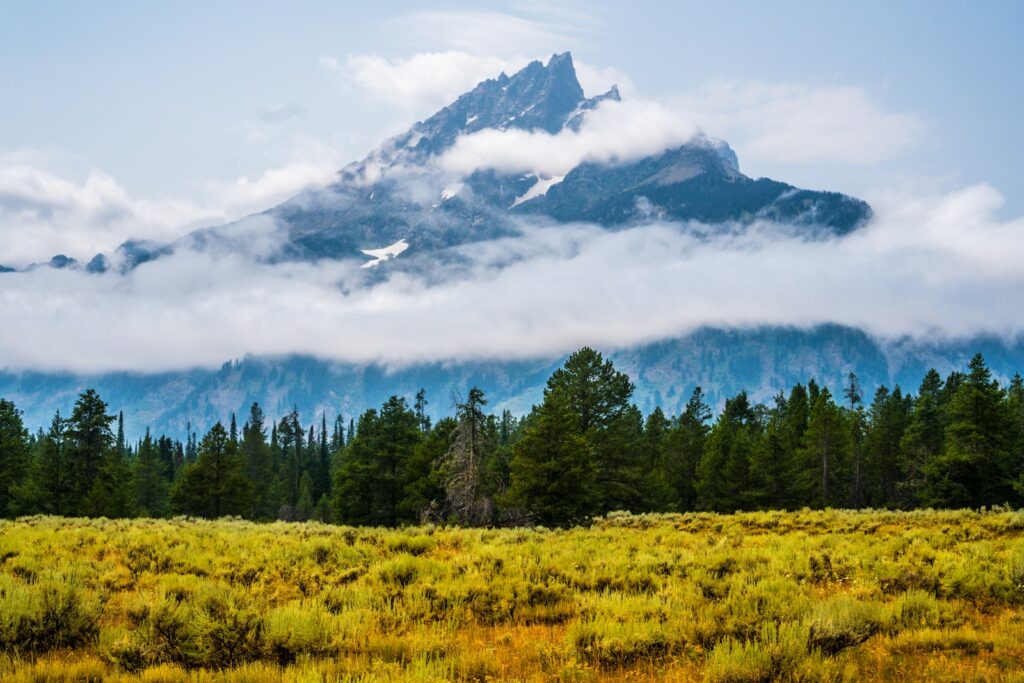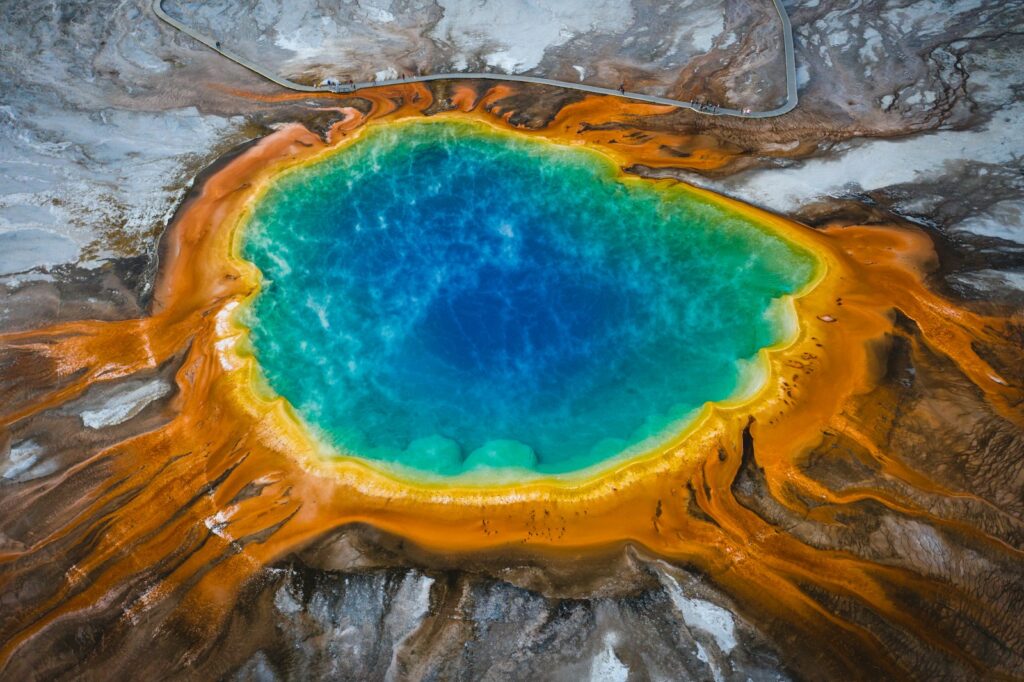
Yellowstone National Park, a land of unparalleled geothermal wonders and a vibrant ecosystem, routinely captures the imagination of millions. It is a place where steam billows from the Earth, geysers erupt with majestic force, and iconic wildlife roams freely, creating a mosaic of natural beauty that inspires awe and curiosity. Yet, alongside this profound appreciation, the park often finds itself at the center of widespread speculation, particularly concerning the massive active volcanic system churning deep beneath its surface.
For many, the mention of Yellowstone immediately conjures images of a dormant giant poised to awaken, a notion frequently amplified by sensationalized reports and online rumors. This persistent fascination with its geological power often overshadows equally critical, and far more immediate concerns. While scientists diligently monitor the complex subterranean forces, it is the seemingly mundane issue of human conduct that increasingly demands urgent attention and necessitates straightforward warnings that, remarkably, still seem to escape some visitors.
The enigma of Yellowstone’s vast magma storage and its potential for eruption has long fascinated scientific minds. However, recent cutting-edge research has provided a clearer perspective, significantly alleviating long-held anxieties. Findings published in Nature, for instance, reveal that a catastrophic eruption at Yellowstone is profoundly unlikely due to the unique structure of the magma formations beneath the park.
As Ninfa Bennington, a lead author and research geophysicist at the Hawaiian Volcano Observatory, definitively stated, “Nowhere in Yellowstone do we have regions that are capable of eruption.” She clarified that despite a substantial volume of magma, it lacks the necessary connectivity for a widespread, singular event. The dispersed nature of these separate magma reservoirs means that a supervolcanic eruption is not expected within our lifetimes.
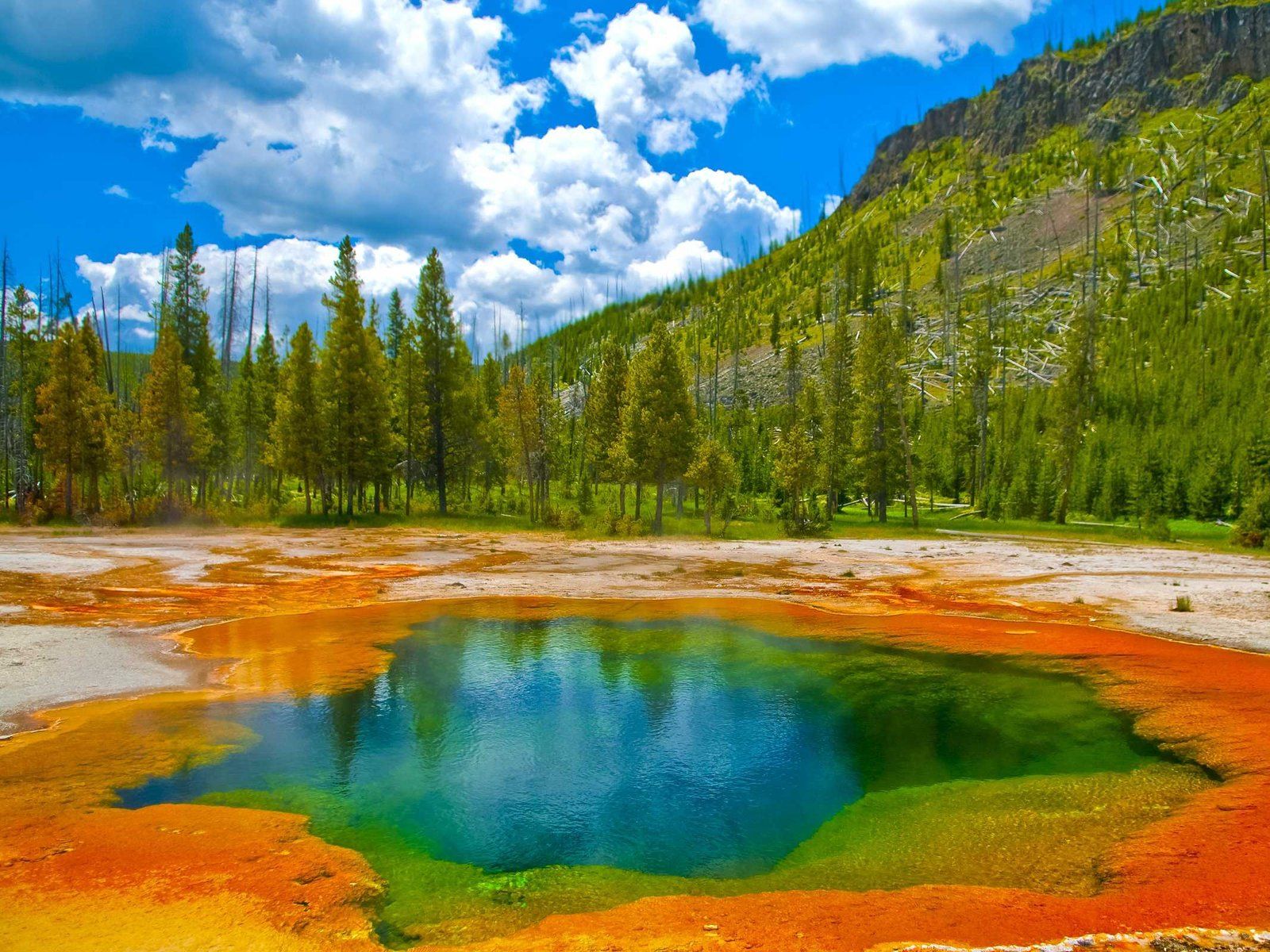
Underneath Yellowstone, two distinct types of magma exist. Basaltic magma, the primary driver of Earth’s volcanic activity, generally erupts more readily due to its lower resistance to flow. However, in Yellowstone, this type of magma is dense and deeply embedded in the Earth’s crust, making its eruption unlikely. The second type, rhyolitic magma, is much thicker and exhibits a higher resistance to flow.
In this unique geological setting, the basaltic magma acts as a heat source, warming the surrounding rock and facilitating the creation of rhyolitic magma in the upper crust of the Earth. Yet, even with this formation, a major volcanic eruption caused by rhyolitic magma remains unlikely, as it would require an immense build-up of pressure to trigger such an event. This kind of massive upheaval is vastly different from the regular geothermal activity that continuously draws tourists to the park.
Should an eruption of rhyolitic magma somehow occur, Bennington noted that it could result in highly explosive eruptions accompanied by substantial amounts of ash. Michael Manga, a professor of earth and planetary science at the University of California at Berkeley, not involved with the study, further described the rhyolitic magma that explosively erupted at Yellowstone in the past as having the same consistency as asphalt, underscoring its viscous and potent nature.
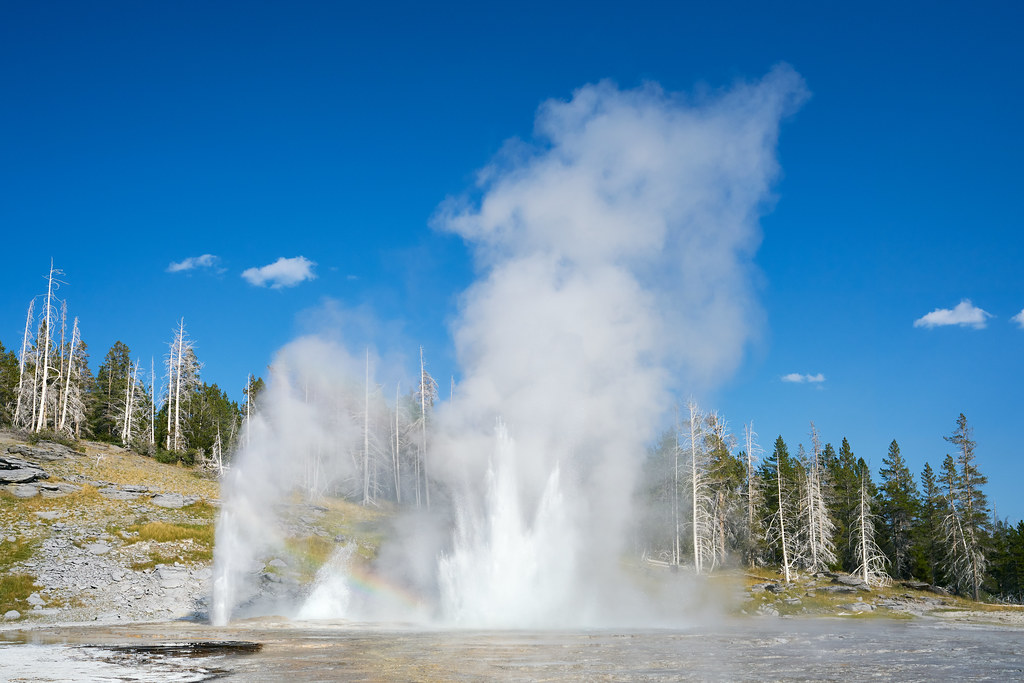
Yellowstone’s geological heartbeat is under constant, meticulous surveillance. The Yellowstone Volcano Observatory (YVO), a collaborative effort primarily operated by the U.S. Geological Survey (USGS), maintains an unwavering vigil, deploying an array of sophisticated tools. Seismometers continuously detect earthquake activity in real-time, providing crucial insights into subterranean movements.
Continuous GPS stations precisely track even the tiniest shifts in the ground, offering invaluable data on deformation patterns. InSAR satellites utilize radar technology to detect subtle changes in elevation, further enhancing the monitoring capabilities. Additionally, gas sensors diligently monitor emissions such as sulfur dioxide and carbon dioxide, which can signal changes in magmatic activity.
During June 2025, the University of Utah Seismograph Stations, responsible for the operation and analysis of the Yellowstone Seismic Network, located 60 earthquakes within the Yellowstone National Park region. The strongest of these events was a micro earthquake of magnitude 2.7, recorded about 5 miles north-northwest of West Yellowstone, Montana, on June 4. Critically, no earthquake swarms were identified during the month, and overall Yellowstone earthquake activity continues to remain at background levels.
Ground deformation measurements in June 2025 indicated the onset of the annual summertime pause in long-term caldera subsidence, or a transition to slight uplift. This phenomenon is largely caused by seasonal changes, particularly snowmelt and varying groundwater conditions. Since October, the net caldera subsidence has been approximately 3 centimeters, or about 1.2 inches. This pattern and rate of subsidence, characterized by pauses or slight reversals during the summer months, continues a trend that first began in 2015–2016. Importantly, no significant deformation has been measured near Norris Geyser Basin over the past few months, reinforcing the current state of stability.
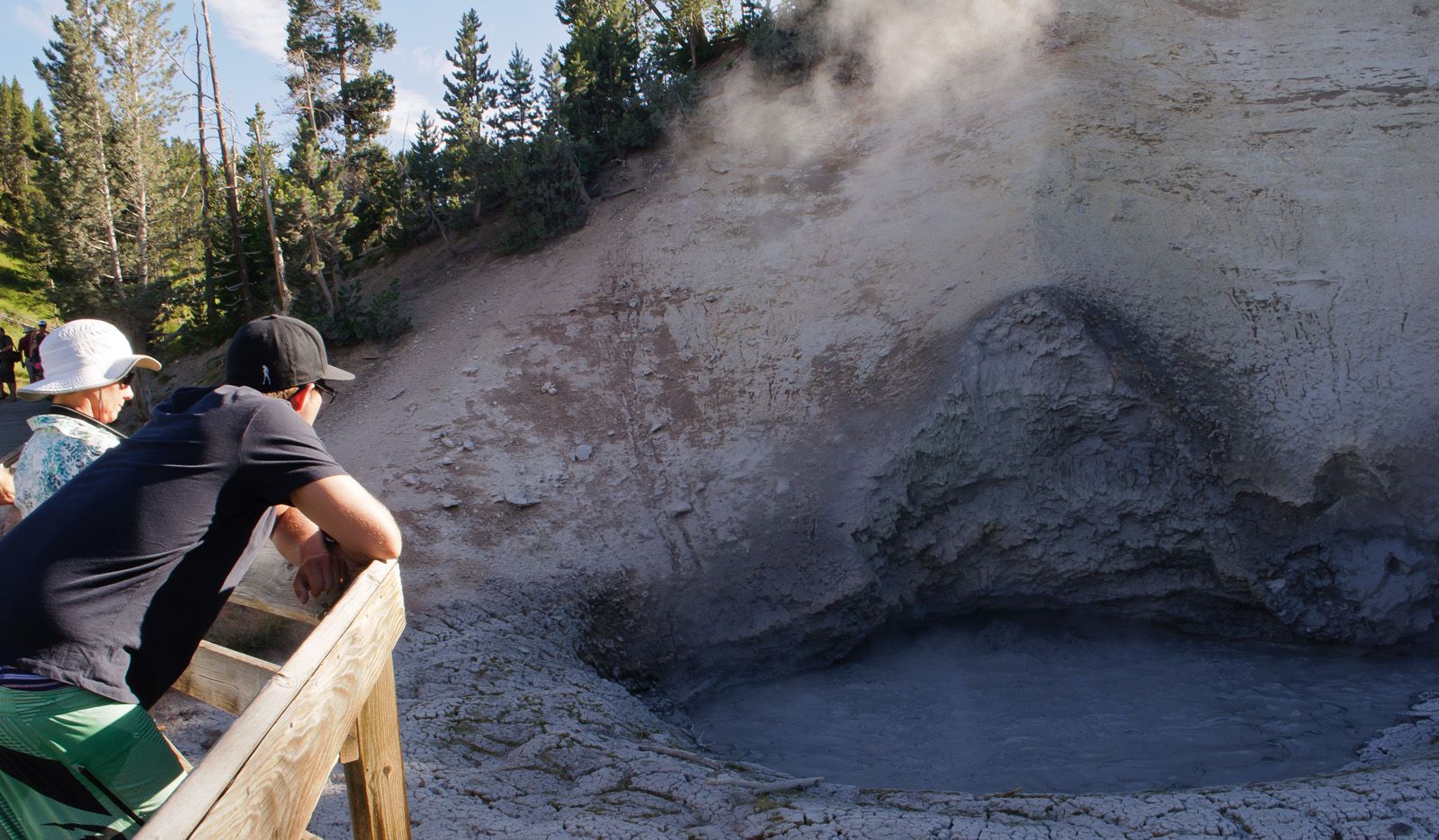
Therefore, to answer the persistent question: Is Yellowstone’s volcano showing any signs of erupting? The U.S. Geological Survey (USGS) and Yellowstone Volcano Observatory unequivocally state that the volcano’s alert level remains at GREEN, signifying a normal status. Low seismic activity, with just 60 minor earthquakes recorded in June 2025, and no earthquake swarms indicate completely normal conditions for Yellowstone. Stable geyser activity, including Steamboat Geyser, proceeds without any unusual signs of pressure or heat.
While the prospect of a cataclysmic super-eruption often dominates public discourse, Yellowstone is also prone to smaller, though still impactful, geological events: hydrothermal explosions. These are not true volcanic eruptions, but rather bursts of steam, hot water, and rock from the park’s hydrothermal features, often occurring when superheated water underground flashes to steam.
An example of such an event occurred last July when an explosion tore out of a thermal pond next to a boardwalk at Biscuit Basin. People nearby ran for safety as rocks were thrown dozens of feet into the air, and mud and steam shot more than a hundred feet high. While no one was hurt, due largely to the explosion blowing out at an angle away from the boardwalk, the incident highlighted the unpredictable nature of these features.
This event directly inspired changes in the park’s response plan for geological hazards. Dr. Mike Poland, the Scientist in Charge for the Yellowstone Volcano Observatory, described the updated framework as “a plan, a blueprint for how the Yellowstone Volcano Observatory would deal with some sort of geologic hazard.” Poland noted that a key lesson from last summer’s explosion was that information initially flowed from visitors and park staff to volcanologists, indicating that scientists may not always be the first to know what is happening.
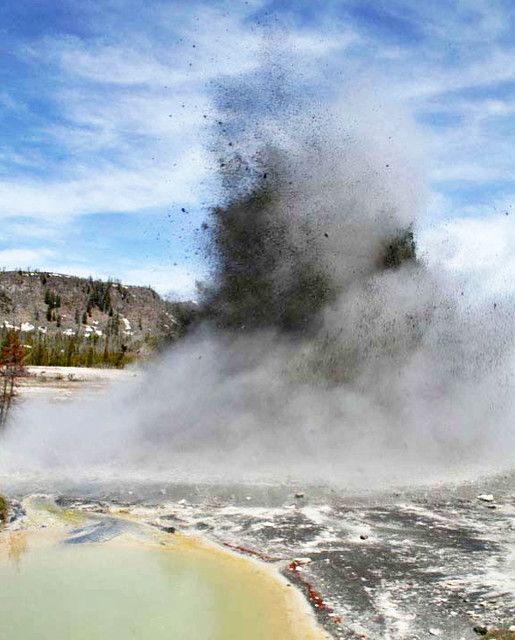
Even recently, a smaller, though still potent, explosion was captured by a new webcam at Black Diamond Pool in Biscuit Basin on June 12, 2025, at 6:25 a.m. MDT. This marked the second eruption from Black Diamond Pool captured on video by the new camera system, which was installed in mid-May 2025 to track activity there after a hydrothermal explosion last summer. Scientists acknowledge that reliable precursors to these smaller events are not well understood, making forecasting them a significant challenge, despite their potential for impact.
Yellowstone is currently the most monitored volcano in the world, with extensive focus primarily on earthquake activity. However, monitoring efforts are expanding to other geyser basins as resources permit, with Biscuit Basin as the next target, followed by the Upper Geyser Basin. This continuous monitoring, coupled with a robust alert system, ensures that any significant geological changes would be detected long before any widespread impact.
Yet, for all the meticulous scientific monitoring of the colossal forces beneath Yellowstone, another, far more immediate set of “warnings” is proving to be a persistent challenge: the behavior of human visitors. Yellowstone National Park, renowned for its breathtaking natural beauty and abundant wildlife, has recently witnessed a series of distressing incidents involving people visiting the park. These actions have not only endangered individuals but also resulted in the tragic loss of wildlife.
In light of these events, park authorities are urgently calling upon visitors to understand the negative impact their actions can have on wildlife, even when those actions are, astonishingly, well-intentioned. One of the most critical aspects of wildlife conservation in Yellowstone is to maintain a safe distance from animals. Approaching wild animals, be it bison, elk, deer, bears, or wolves, can have severe consequences for their well-being and survival.
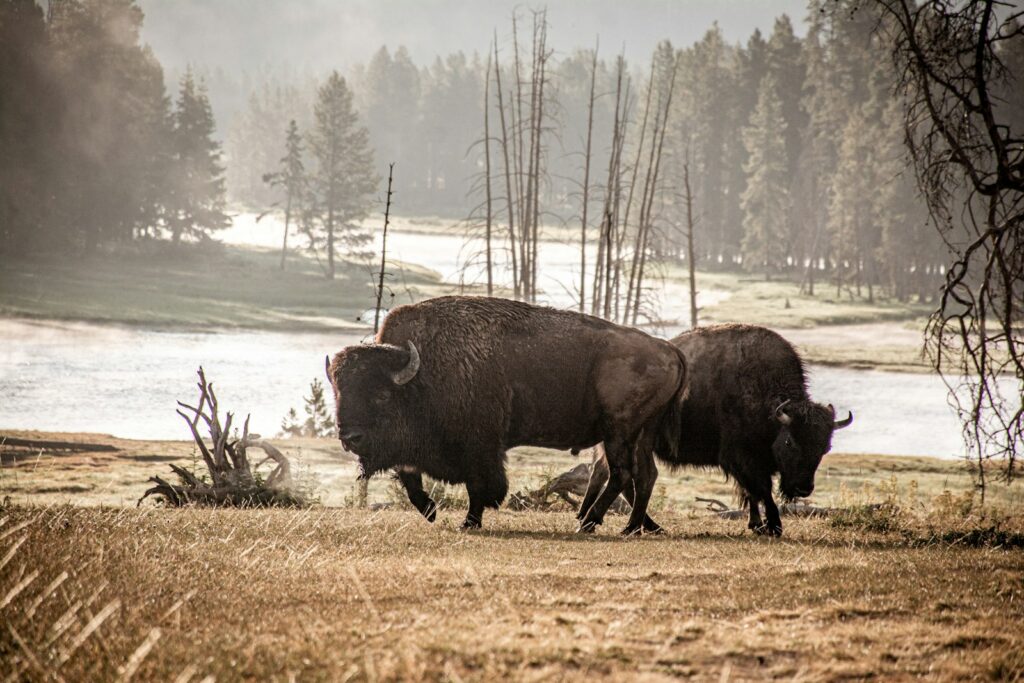
Park regulations strictly mandate that visitors should remain at least 25 yards (23 meters) away from all wildlife, and a minimum of 100 yards (91 meters) away from bears and wolves. Disregarding these regulations not only incurs fines but also poses the immediate risk of injury or even death. Disturbingly, viral videos of tourists attempting to capture “the perfect selfie” with wild bison highlight this continuing disregard for safety protocols.
Another grave concern is vehicle collisions with wildlife, an issue that underscores the critical need for visitors to reduce their speed on park roads and exercise extra caution, particularly at night. On May 28th, two separate adult male black bears tragically fell victim to collisions with vehicles. These are not isolated cases; an elk and a bison were also recently hit by separate vehicles. These incidents serve as a stark reminder to obey speed limits, such as 55 mph or less on U.S. 191, and remain alert while driving.
More egregiously, some visitors have displayed irresponsible behavior by deliberately interfering with wildlife. A shocking incident involved a man who pleaded guilty to forcibly moving a newborn bison calf from a river onto a roadway, an action that tragically resulted in the calf’s death. In another alarming event, visitors who found an elk calf decided, instead of calling a park ranger, to put it in the back of their car while driving down U.S. Highway 191.
They subsequently brought the calf to the West Yellowstone Police Department, where it escaped into the forest. This incident remains under investigation, and the elk calf’s condition is unknown. These actions not only disrupt the natural order but also endanger the well-being of the animals involved, demonstrating a profound lack of judgment and respect for the park’s fragile ecosystem.
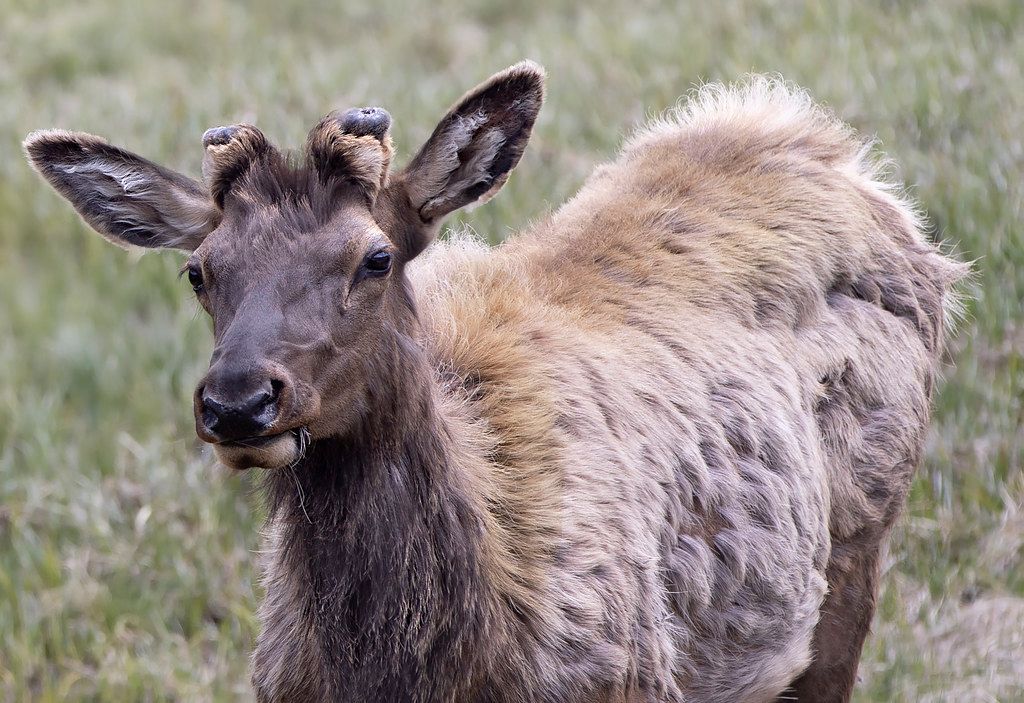
Compounding the problem are pervasive rumors circulating online, often fueled by misleading or even artificially generated content. Claims that Yellowstone National Park’s wildlife is fleeing in large numbers are making waves online, but they are categorically untrue. According to the National Park Service (NPS), recent viral videos showing animals like bison, elk, grizzly bears, and mountain lions supposedly migrating en masse out of Yellowstone are misleading and likely generated by artificial intelligence.
Spokesperson Linda Veress confirmed to ABC News, “Wildlife is not leaving Yellowstone National Park in large numbers. This rumor is false.” Wildlife photographer Tom Murphy, with five decades of experience at Yellowstone, found footage of grizzly bears “immediately suspect” because bears do not travel in groups unless there’s a major food source. Wildlife biologist Bill Hamilton, who has studied Yellowstone for 20 years, explained that while migration patterns occur, they are mostly during winter months and predators follow limited numbers.
“You’re not going to see mountain lions migrating in herds,” Hamilton stated emphatically, concluding, “That video is nonsense.” The popular online theory that animals are fleeing due to an imminent Yellowstone supervolcano eruption is also false, directly contradicting the U.S. Geological Survey’s (USGS) current “normal” (Code Green) alert level for Yellowstone’s volcano.

To protect Yellowstone National Park and its inhabitants, the park authorities earnestly urge all visitors to take the Yellowstone Pledge. By acting responsibly and setting a positive example for others, visitors can contribute significantly to the preservation of this unique ecosystem. Furthermore, if anyone witnesses behavior that might harm individuals, others, or the park itself, they are strongly encouraged to inform a park ranger or dial 911 in case of emergencies.
The annual odds of a Yellowstone supervolcano eruption are approximately 1 in 730,000, roughly equivalent to the chances of getting hit by an asteroid. Yellowstone’s major eruptions have occurred roughly every 600,000 to 800,000 years, which is a rough estimate rather than a predictable pattern. Therefore, the notion that the park is “overdue” for an eruption is a persistent myth; volcanoes do not adhere to schedules, but rather to complex physics.
Smaller eruptions, such as lava flows or hydrothermal explosions, are indeed more likely than a super-eruption. However, even these are rare and typically localized, posing no catastrophic threat to the park or beyond. The paramount goal of the park and scientific community is to keep visitors safe, providing necessary information to land managers so they can make informed decisions.
Yellowstone stands not as a ticking time bomb, but as a vibrant testament to Earth’s dynamic processes. Its beauty and ecological significance are unparalleled, offering a profound educational experience for those who visit with respect and an open mind. The true “warning” for Yellowstone, therefore, is not from the geological behemoth deep below, which is diligently monitored and behaving as expected. It is from the very human tendency towards carelessness and misinformation.
It is imperative that visitors prioritize the well-being of both animals and humans by adhering to park regulations, maintaining a safe distance from wildlife, and driving with utmost caution. The narrative of fear surrounding Yellowstone’s caldera, while compelling, pales in comparison to the tangible, immediate dangers posed by human disregard. Let us collectively embrace the responsibility that comes with visiting such a precious natural treasure, ensuring its wonders endure for generations to come, unmarred by avoidable incident or baseless anxiety.
Stay informed by following updates from reliable sources like the USGS, Yellowstone National Park Service, and the Yellowstone Volcano Observatory. Always question viral videos before accepting them as fact, especially when it comes to something as important as nature’s most powerful forces. The majesty of Yellowstone calls for our awe, but also for our unwavering diligence and informed reverence.

